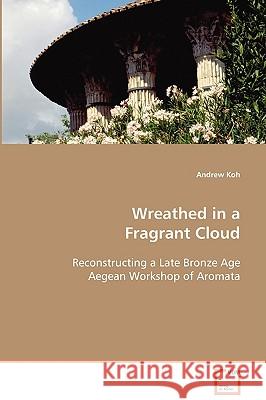Wreathed in a Fragrant Cloud » książka
Wreathed in a Fragrant Cloud
ISBN-13: 9783639086546 / Angielski / Miękka / 2008 / 304 str.
This archaeological project aims to use the most recent techniques in organic chemistry and mapping to better understand typological and spatial function in Bronze Age Crete. Excavations in the Neopalatial settlement at Mochlos in eastern Crete have recovered the complete plan of an intriguing building, C.7. The plan of Building C.7 and the contents of some rooms are unusual, leading us to consider the possibility that the building was not a typical domestic structure but rather some form of manufacturing center. One path to understanding the various functions of this building is a comprehensive program of qualitative and quantitative organic residue analysis of the well- preserved vessels from C.7. This study presents the overall methodology used and specific results produced from the so-called LM I Vat Room. It is postulated that the Vat Room was designed for the manufacture of perfumed oils and unguents on an industrial scale. This is not only supported by the architectural features of the room and the general characteristics of the pottery, but also confirmed by the organic residues extracted from the objects.












